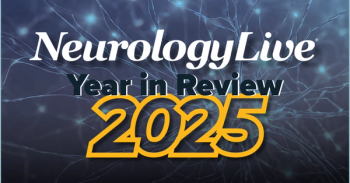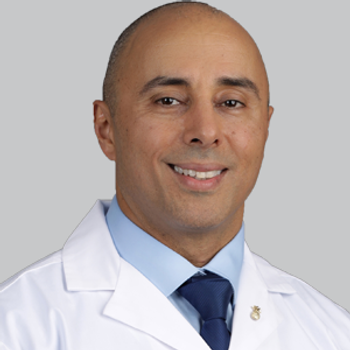
|Slideshows|June 4, 2015
Surgical Options for Headaches
Author(s)Mark L. Fuerst
Surgery may offer relief from debilitating migraines. View the results of 3 different procedures.
Advertisement
Surgery may offer relief from debilitating migraines. View the results of 3 different procedures.
Newsletter
Keep your finger on the pulse of neurology—subscribe to NeurologyLive for expert interviews, new data, and breakthrough treatment updates.
Advertisement
Latest CME
Advertisement
Advertisement
Trending on NeurologyLive - Clinical Neurology News and Neurology Expert Insights
1
Brain-Penetrant Molecule GT-02287 Demonstrates Reversal of Glucosylsphinogosine in Parkinson Disease
2
Remyelinating Agent PIPE-307 Falls Short in Phase 2 Trial of Relapsing Multiple Sclerosis
3
NeurologyLive® Year in Review 2025: Notable Trials Beginning This Year
4
NeuroVoices: Joseph Sullivan, MD, on ETX101 Gene Regulation Therapy and Early POLARIS Findings in Dravet Syndrome
5



























